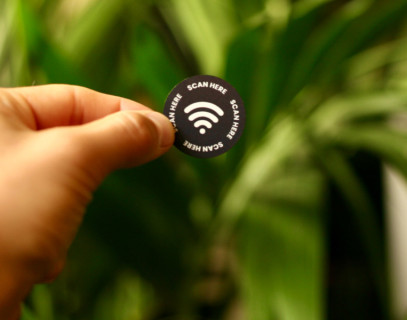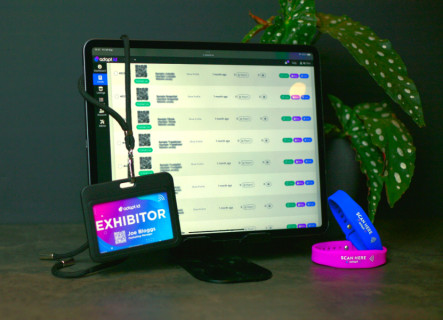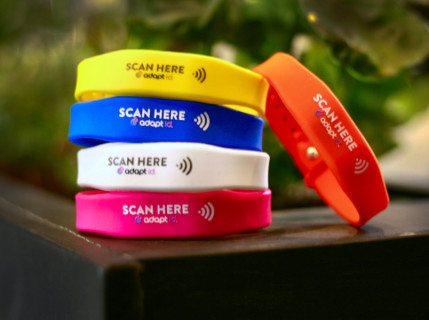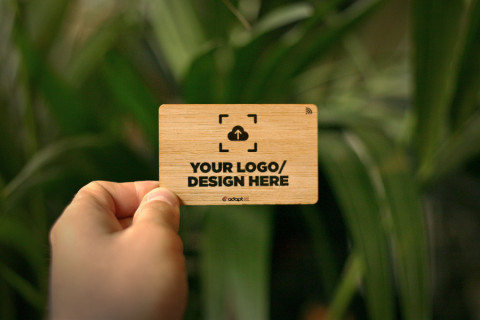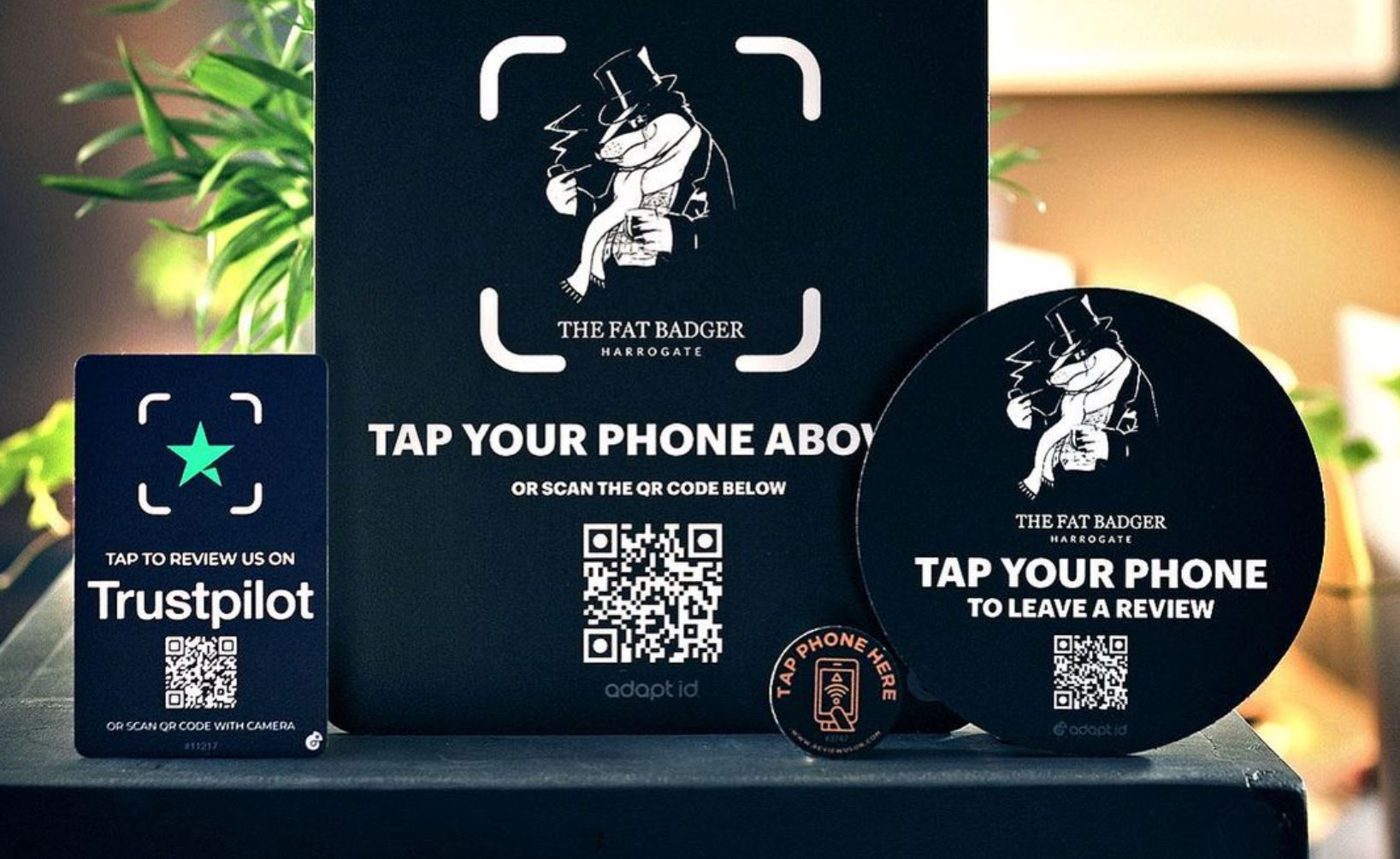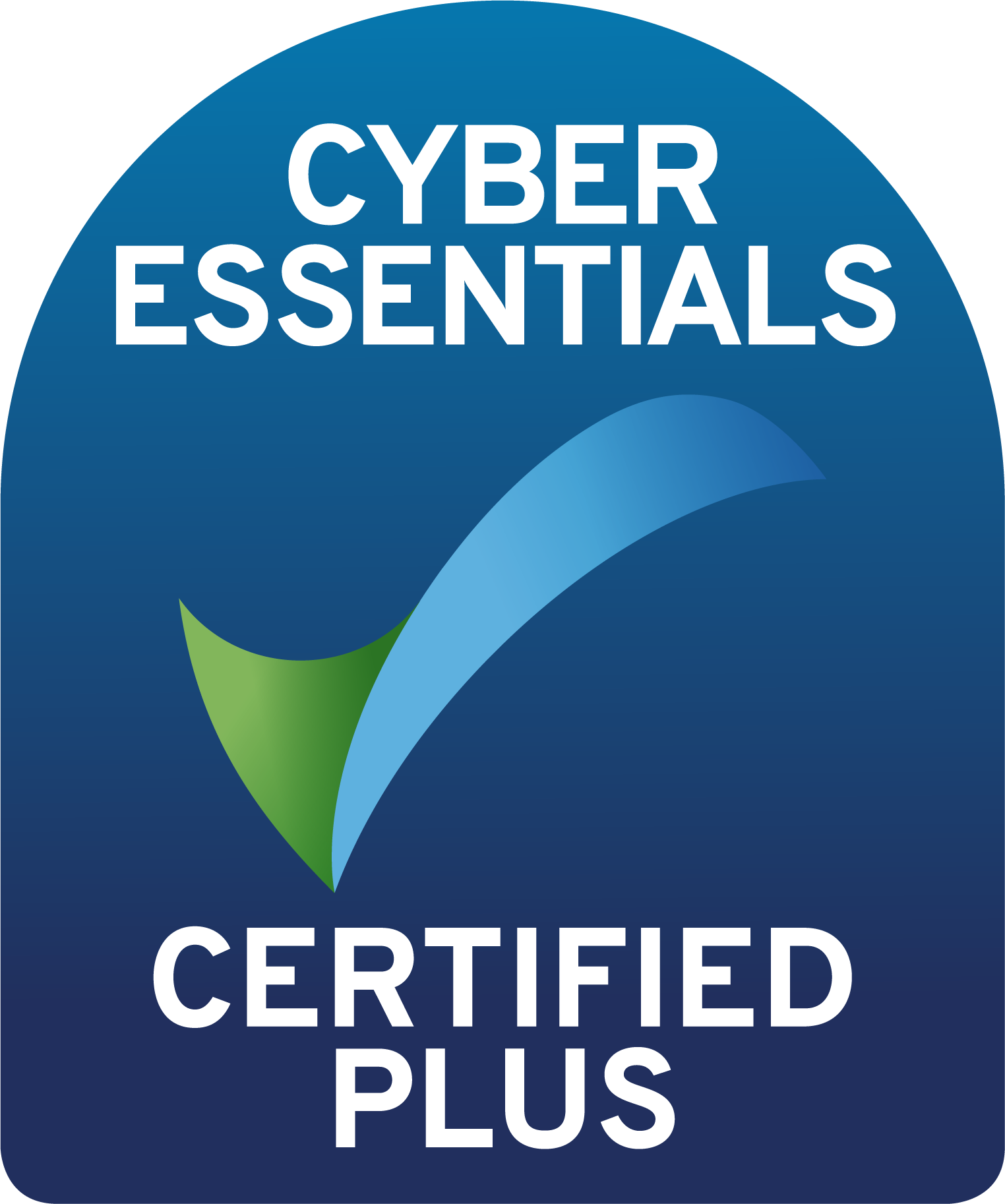In today's fast-paced industrial and commercial environments, accurate asset tracking and stringent safety management are crucial. Our Micro PCB NFC (Near Field Communication) tags offer an innovative and efficient solution to meet these demands, delivering compact, durable, and highly effective technology for organizations across sectors such as manufacturing, logistics, construction, and healthcare.
What Are Adapt ID Micro PCB NFC Tags?
Adapt ID Micro PCB NFC tags are ultra-small, robust NFC devices built on printed circuit board (PCB) substrates. Unlike our nfc sticker tags, their rigid structure ensures resilience against harsh conditions including moisture, heat, and mechanical stress. Despite their compact size, just 5mm, they are fully programmable and scannable with smartphones. https://www.adaptid.uk/products/tags/5mm-micro-fpc-nfc-tag-sticker
Asset Tracking Applications
Our Micro PCB NFC tags can be discreetly embedded into or attached to equipment, tools, vehicles, IT devices, or medical instruments. Each tag carries a unique digital ID, enabling instant identification and access to real-time asset data. Your business can link the nfc tag to our cloud-based asset management systems, allowing:
-
Instant Inventory Updates: Scan assets in seconds to update location, status, and usage history.
-
Loss Prevention: Improve traceability of high-value or portable assets.
-
Lifecycle Monitoring: Track servicing schedules, repairs, or end-of-life status with precision.
By implementing micro NFC tags, companies reduce manual paperwork, minimize errors, and gain real-time visibility into asset deployment across multiple sites.
Safety Management and Compliance
Safety compliance is non-negotiable in sectors like construction, mining, and manufacturing. Adapt ID Micro PCB NFC tags streamline safety checks by linking each asset to its inspection records, certifications, and maintenance logs. Workers and inspectors simply tap the tag with a mobile device to:
-
Verify Inspection Status: Confirm when the last safety check occurred and who performed it.
-
Access Digital Checklists: Complete mandatory pre-use inspections quickly and digitally.
-
Report Issues Instantly: Log faults or service requests on-site, minimizing downtime and improving accountability.
Integrating micro NFC tags into safety management systems helps organizations meet regulatory requirements, reduces audit risks, and fosters a proactive safety culture.
Why Choose Micro PCB NFC Tags?
-
Durability: Withstand tough environments where standard NFC stickers may fail.
-
Compactness: Ideal for small or concealed spaces without adding bulk.
-
Reliability: Consistent performance, even after repeated use in demanding conditions.
-
Scalability: Easily deploy across thousands of assets with minimal disruption.
Conclusion
Adatp ID Micro PCB NFC tags are redefining how businesses manage assets and uphold safety standards. Their resilience, flexibility, and ease of integration make them a powerful tool for organizations aiming to boost operational efficiency, ensure compliance, and protect their workforce. As digital transformation accelerates, embracing micro NFC technology is a smart move for future-ready asset and safety management.
Call a member of our expert NFC technology team today on 01673 847653.

